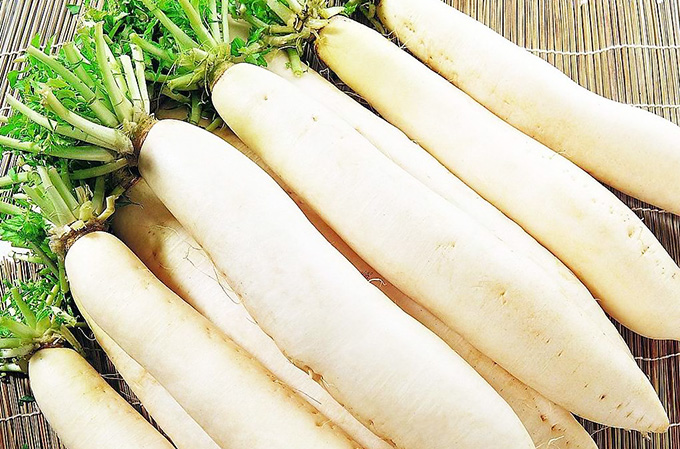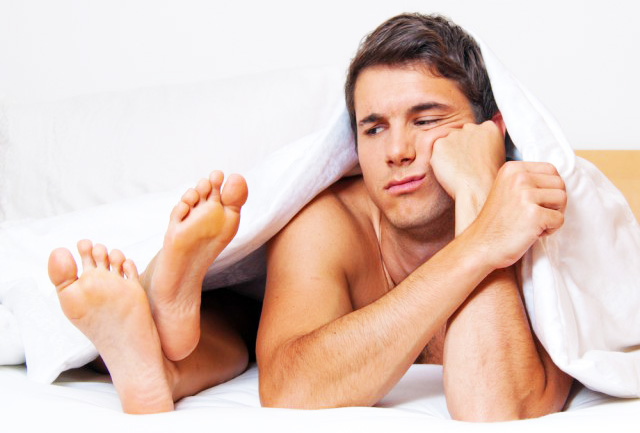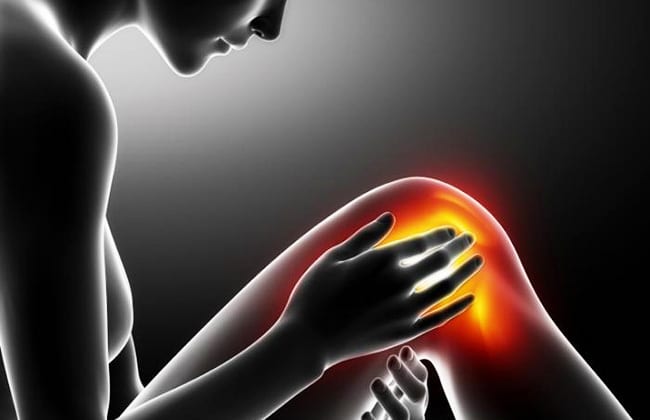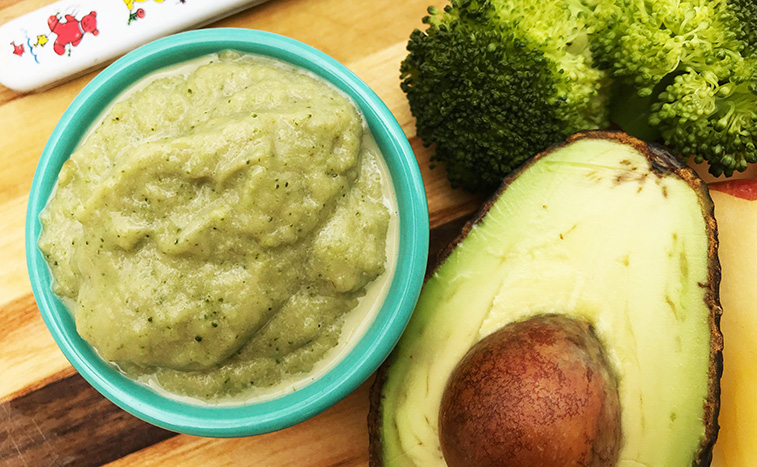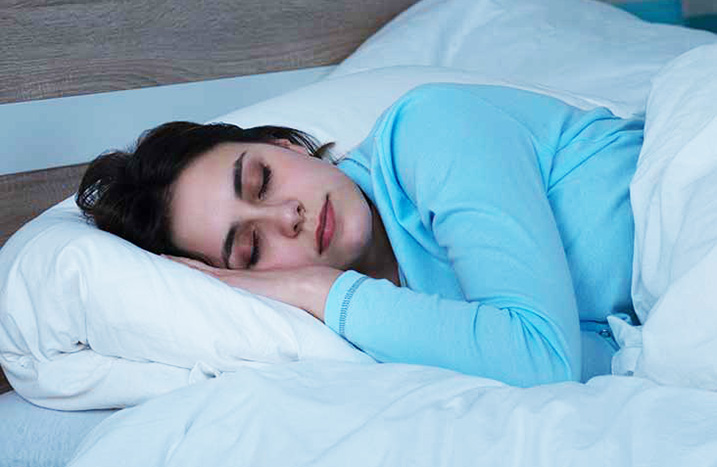Knee pain is a common medical condition experience by adults, especially the elderly. Since the condition presents pain, it may interfere with a person’s daily activities. The following are the causes, signs and symptoms, and home remedies for knee pain.
Causes
Knee pain has various causes. According to Health Line, acute or temporary pain results from an injury or an accident. On the other hand, chronic knee pain usually results from several causes or conditions, such as osteoarthritis, tendinitis, bursitis, chondromalacia patella, gout, baker’s cyst, rheumatoid arthritis, dislocation, meniscus tear, torn ligament, and bone tumors. As per the publication, knee pain is worsened by knee structure injuries, sprains, strains, knee overuse, infection, improper posture and form while doing an activity, improper muscle stretching, and not warming up.
Signs and Symptoms
Knee pain also presents various symptoms. According to Mayo Clinic, these include swelling and stiffness, redness, warmth, weakness, instability, crunching or popping sounds upon movement, and reduced range of motion or inability to completely straighten the knee. As per the publication, medical attention is needed when the person cannot bear weight on the knee, marked knee swelling is present, range of motion is reduced, an obvious deformity is present, fever is present, and if the knee feels unstable or like giving out.
Home Remedies
Knee pain treatment usually involves pain medications, corticosteroid injections, physical therapy, and surgery. However, home remedies can be considered to help manage the condition.
Cold Application
One remedy for knee pain is cold application. It relieves the pain by reducing the swelling within the knee joint. According to Web MD, ice or cold packs are applied immediately to prevent or reduce swelling. They are allowed to remain on the area for ten to 20 minutes for thrice or more times daily. As per the publication, things that may promote swelling like hot showers, packs, tubs, and alcoholic beverages are avoided for the first 48 hours after an injury. Then, heat is applied if swelling is gone following 48 to 72 hours. Also, mild exercise can be started to restore and maintain the knees’ range of motion. According to experts, as per the publication, alternating cold and heat application is advised.
Apple Cider Vinegar
Another way to relieve knee pain is with the use of apple cider vinegar. According to Top 10 Home Remedies, apple cider vinegar has an alkalizing effect, although it is a weak acid form. As per the publication, it helps dissolve the accumulated minerals and toxins within the knee joint. With this, apple cider vinegar also helps restore joint lubricants, which help decrease pain and promote joint movement. To prepare, as per the publication, the person mixes two teaspoons of apple cider vinegar in two cups of filtered water. Then, the mixture is sipped throughout the day. The preparation is consumed everyday until the symptoms resolve. As an alternative, two cups of apple cider vinegar can be added to a bath tub of hot water. Then, the person soaks the affected knee in the water for about 30 minutes. This remedy is done once a day for a few days.
Weight Management
Weight management is another remedy for knee pain, since it may be caused by the weight’s pressure on the joints. According to Health Communities, the person may lose at least five percent of his body weight to relieve stress on the knees. This can be arranged with a dietitian or doctor, along with a fitness adviser.
Knee pain is uncomfortable that it affects a person’s activities of daily living, such as movement and sleep. Thus, it is best to seek medical consult from a doctor for proper assessment, planning, intervention, education, and evaluation.
Source: medicalnewstoday.com
